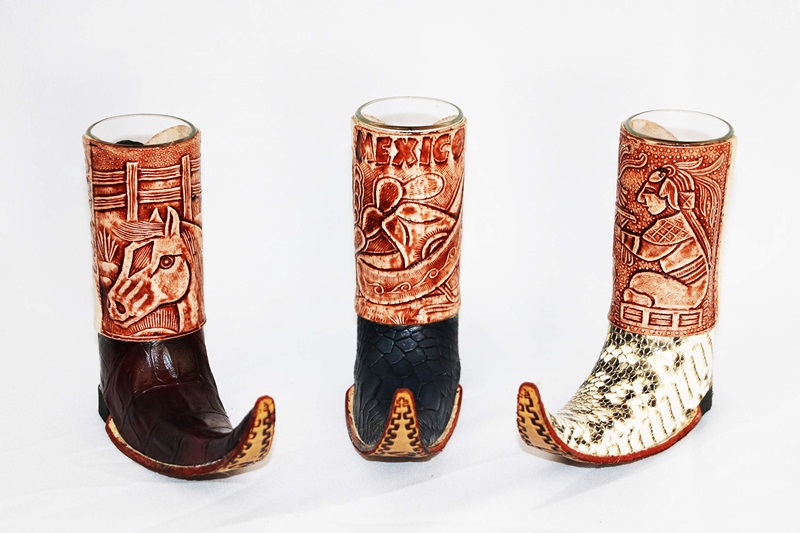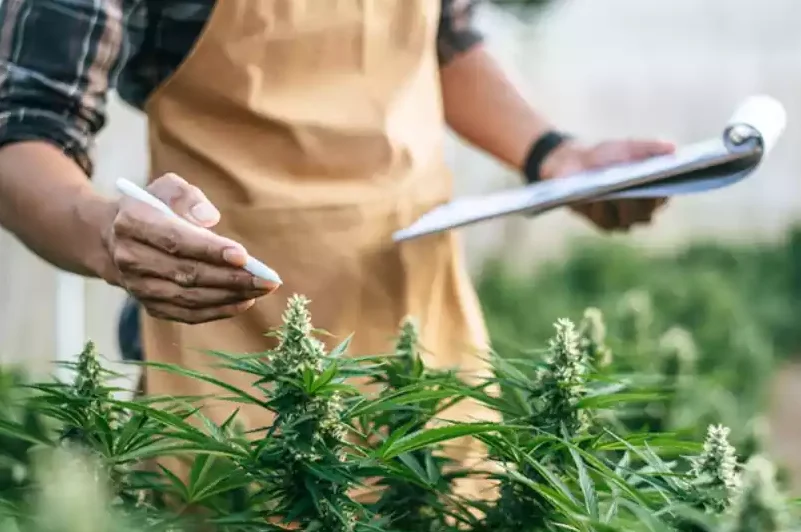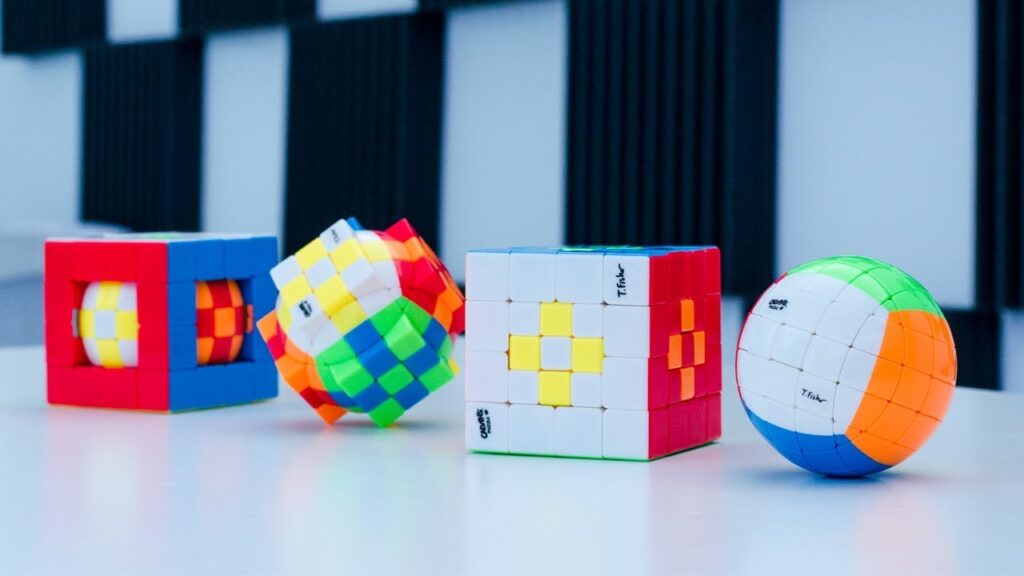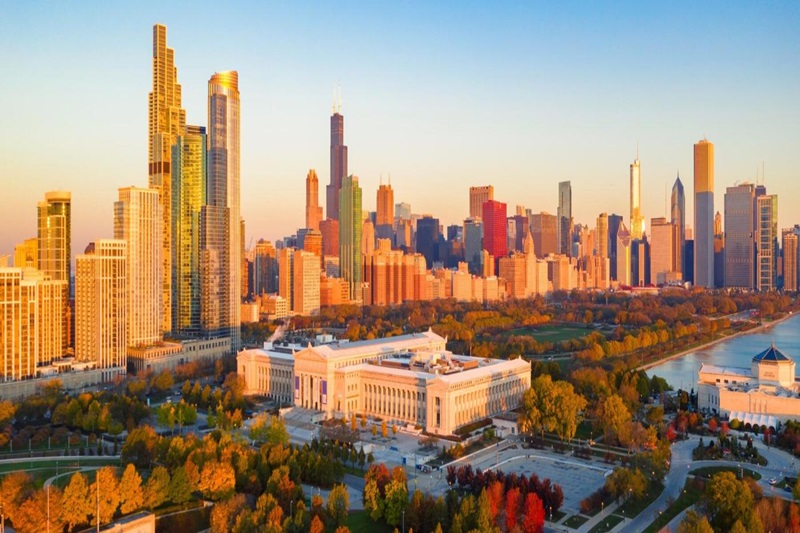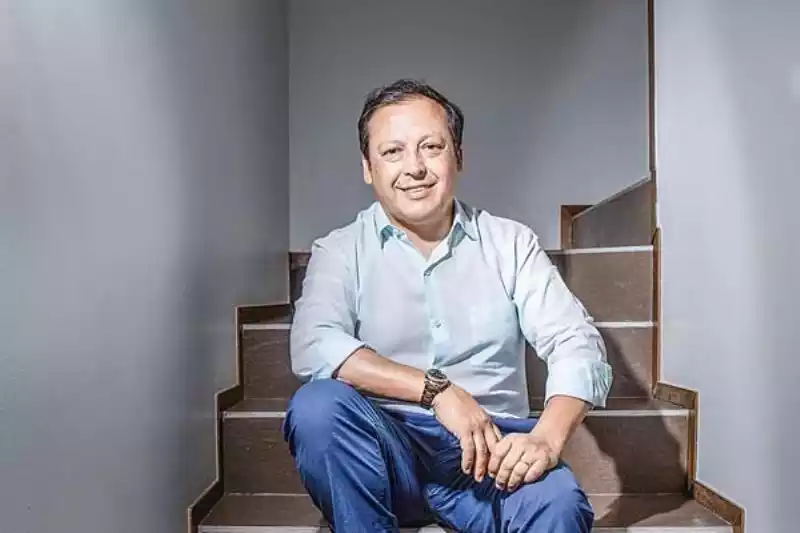Paraguay, one of the stevia-producing countries
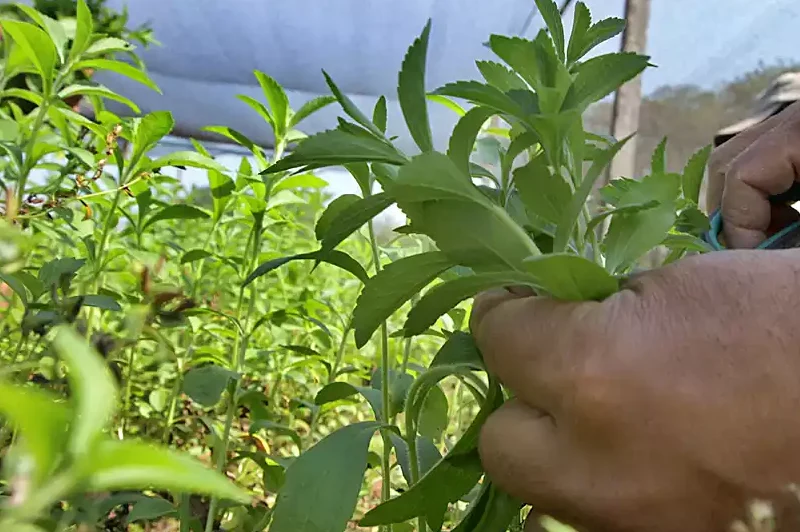
Paraguay is one of the stevia-producing countries in the world, and along with China, it covers a significant portion of the global market.
Among the primary producers of stevia rebaudiana or “ka’a he’ẽ,” Paraguay stands out, with a cultivated area of 2,300 hectares that yielded 3,680 tons in 2014, according to estimates from the National Directorate of Censuses and Statistics of the Ministry of Agriculture and Livestock.
The Paraguayan departments with the highest yield (kilograms per hectare) are San Pedro, Caaguazú, Itapúa, and Alto Paraná.
In fact, exports of stevia extracts (especially sweeteners) and leaves during the period 2007-2014 reached a cumulative total of USD 7,600,000.
One of the stevia-producing countries
Among the main destinations for Paraguayan stevia in 2014 were the European Union (47%), China (37%), the United States (1%), Mercosur extended (11%), European Union (47%), and the Rest of the World (4%).
Paraguay, one of the world’s stevia producers, sees its production consolidate every year, and the fact that the United States and France authorized the use of the natural sweetener originating from Paraguay had a significant impact on this.
This product has been used as a beverage by the Guarani Indians, with the earliest records dating back to 1540, according to reports sent by colonizers to the King of Spain.
Julio César Cazal, spokesperson for the company NL Stevia, explains the benefits of stevia.
“Stevia is 30 times sweeter than chemically processed industrial sugar, but it doesn’t cause weight gain or damage teeth. It is the sweetener of choice for diabetics and is recommended for those with heart and blood pressure problems.”
The shrub, also known as ‘kaá heé,’ sweet herb in the Guarani language, was transported to Japan by Japanese technicians 20 years ago. In Japan, it was industrialized and used extensively, especially since the government’s ban on chemical sugar in 1993, which is a cause of diabetes and other health problems.
The Paraguayan Stevia Chamber (Capaste) reported that a German company plans to build a high-tech crystallization plant in the city of Juan L. Mallorquín. Construction is set to begin next May, coinciding with the start of the ka’a he’ẽ planting season.
This is a large-scale project, as the investor group aims to install two more industries, with Paraguarí and Concepción being considered as potential locations.
“The project involves setting up three crystallizers, but it will start in the Juan León Mallorquín area, Alto Paraná.
The idea is to take advantage of the upcoming stevia (ka’a he’ẽ) planting season, which runs from May to August. Capaste recommended that construction begin in parallel with the product’s cultivation so that it can start operating when production is ready,” explained Juan Barboza, president of the guild.
This plant will be responsible for processing the raw material to establish itself as one of the stevia producers. “Crystallization and powder for consumption are made from stevia leaves. It will then be exported to markets in Europe, Asia, and the United States.
This is a very significant initiative; the industry to be established in Mallorquín is a pilot plan and will expand to more departments in the country,” announced the representative of stevia producers in Paraguay.
The Stevia rebaudiana plant has been traditionally used by the Guarani people in Paraguay for over 1,500 years. Additionally, it has been extensively used in Japan for decades, representing 40% of the sweetener market.
Stevia is also cultivated and used in other countries in East Asia, as well as in Brazil, Colombia, Peru, Uruguay, and Israel.
Also read: Rappi, the Colombian startup leading the way in Latin America

